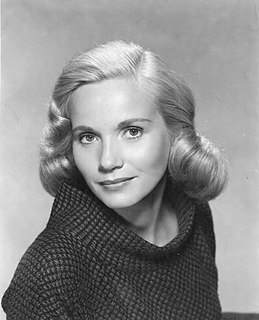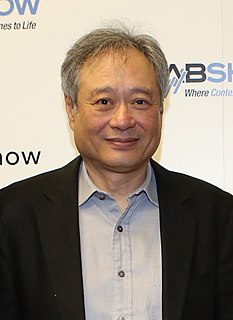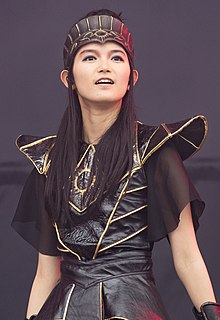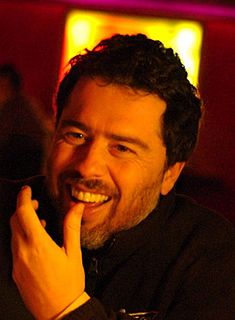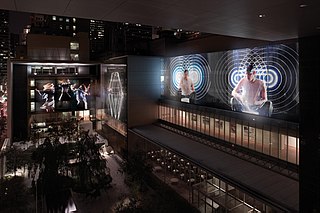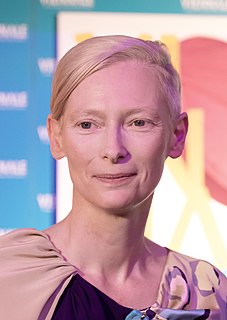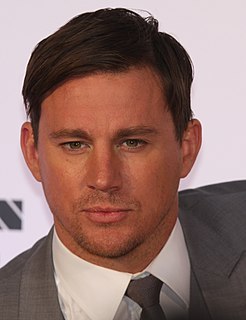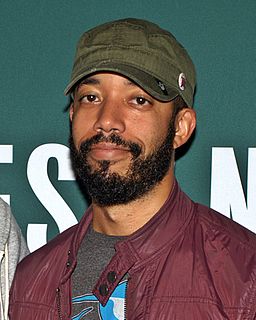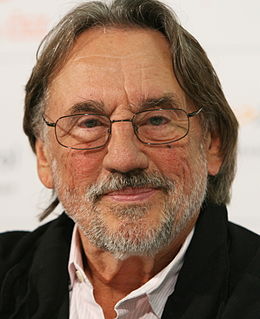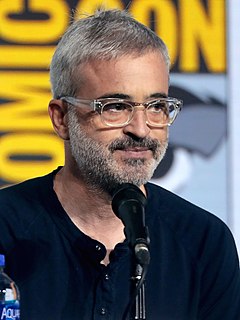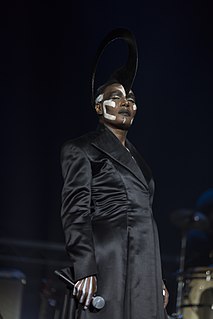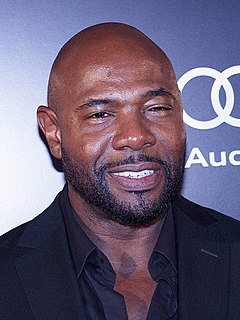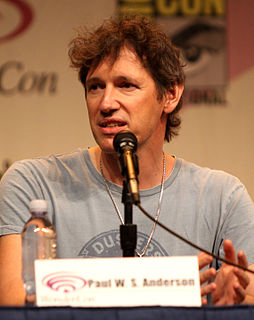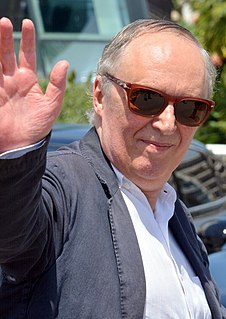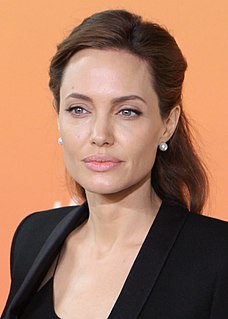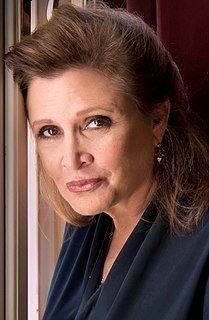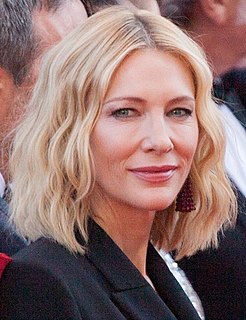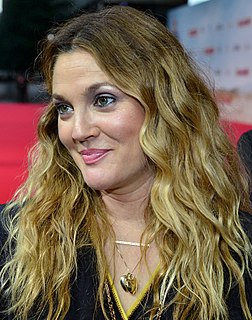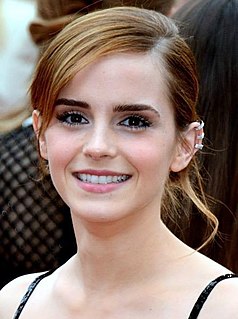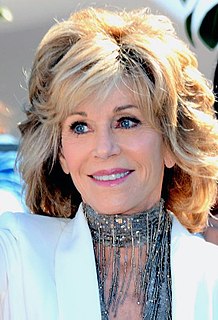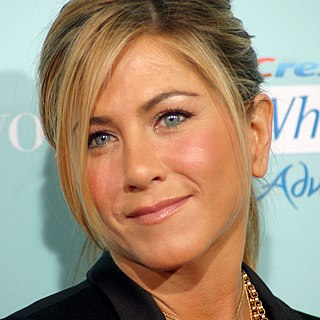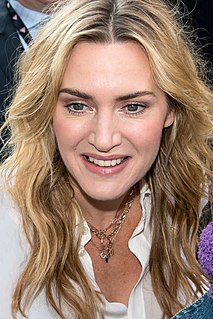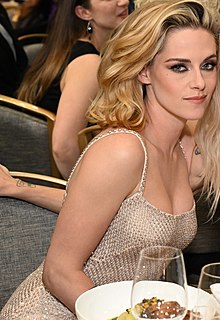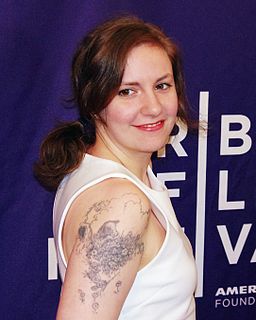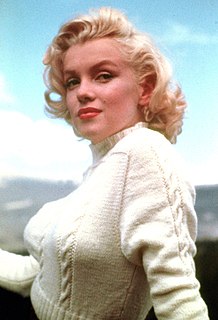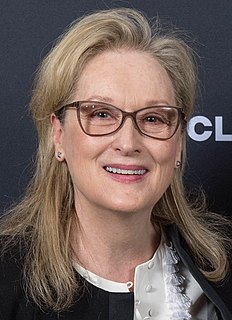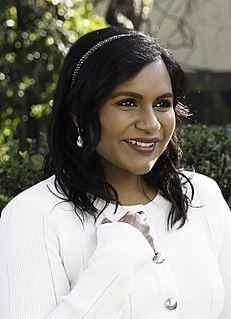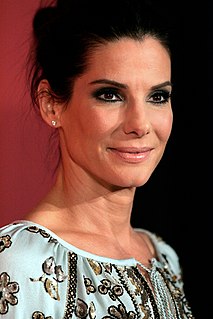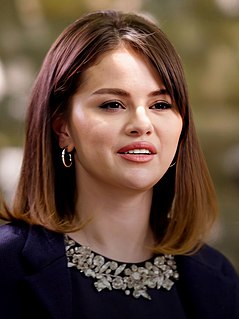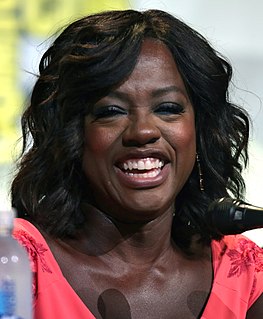A Quote by Eva Marie Saint
When people think of a Hitchcock movie, it isn't just the visual, it's the sound.
Related Quotes
I think for most people, the audience probably couldn't tell the difference, but I know they [shots of visual effects] can be better. And the people working know they can be more precise. I'm still doing another round of sound mixing and color timing, pretty technical stuff. I think the movie [Life of Pi] is really presentable, nothing was left out that would take you out of the movie. I just need to perfect the job and I still have two weeks to go [to deliver final cut to Fox].
I enjoy 'Life Aquatic.' I think that one, from a visual standpoint, is just such a fun, visual movie to look at, whether it's the shots of the ship cut down the middle, that set where you can see everyone in each of their rooms doing whatever and moving about - something like that, I could watch that on a loop for an hour.
When you take on Hitchcock you know it's gonna provoke some sort of controversy, because there were so many people talking about the book [Stephen Rebello's Alfred Hitchcock and the Making of Psycho] and wanting it to be the film about the making of this movie [Psycho]. But that's been done. That's been done in the book, and Stephen Rebello himself was like, "I want a movie which is an entertainment for the audience." So we made the conscious decision.
I think it's somewhere in my head, in my travel space, and it just comes out. It's a visual thing that happens unintentionally. People will tell me, "You do realize you just spoke with that accent, right?" And I'll go, "Oh, did I?" So it's not something I think about. As we talk, I have a visual about my speech and it just comes out like that. If that makes any sense!
There are many stories of people didn't set out to make a film that became a classic - the whole process was a disaster, everybody hated each other, the movie itself was a disaster, everybody thought the movie and the script was going to be a piece of crap. Look at Alfred Hitchcock and Psycho. Nobody wanted to make Psycho; it was crap to them. The only person that wanted to make Psycho was Hitchcock. Now, it's considered a classic and a work of art.
A scary movie puts a lot of people, a mob, in one place. There are advantages to that because the panic runs through the audience. If it's a good movie, the fear jumps from one person to the next. You can find yourself screaming just because everybody around you is screaming. There's a real atmosphere of terror. It's also visual, which means that you can't look away from this thing - it's happening. You're in the dark. It's like a nightmare. It's like a dream. It's very, very visual. It works on all those levels.
I remembered watching the film from Alfred Hitchcock, 'Dial M for Murder,' and he shot almost all of that movie in one room. There was a genius in what Hitchcock did by manipulating things in that room so that you could see the distances between things like the tables and the vases because of how he used perspective.
